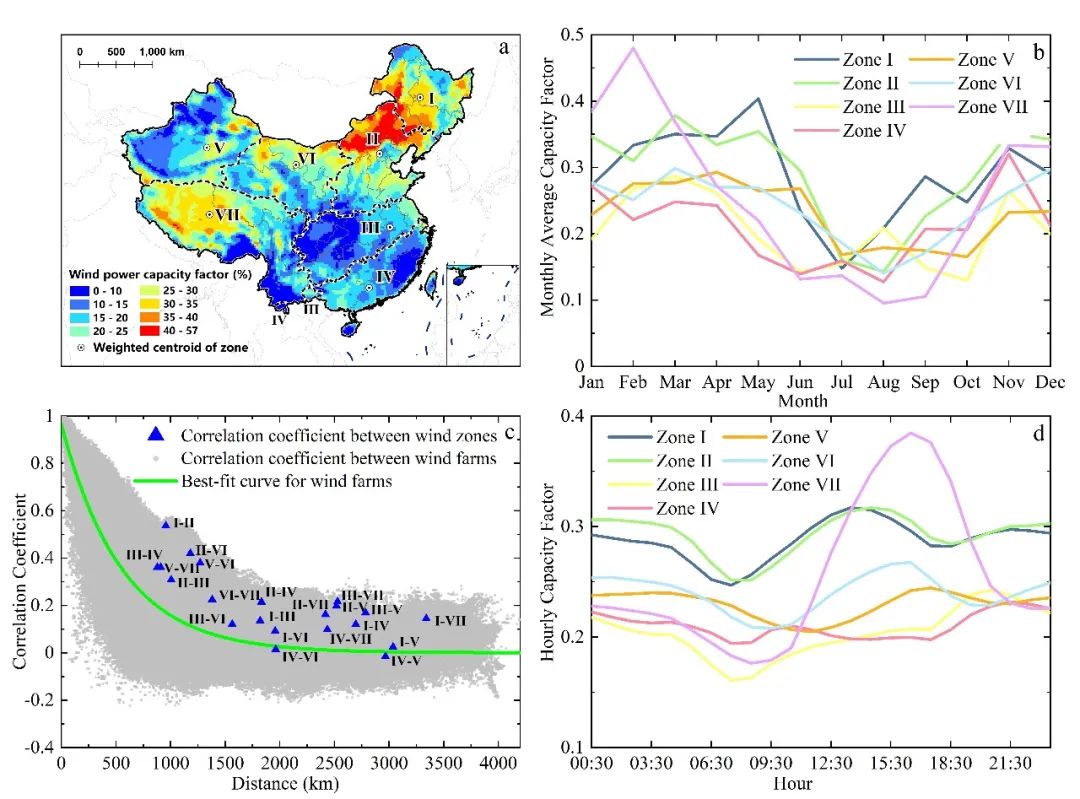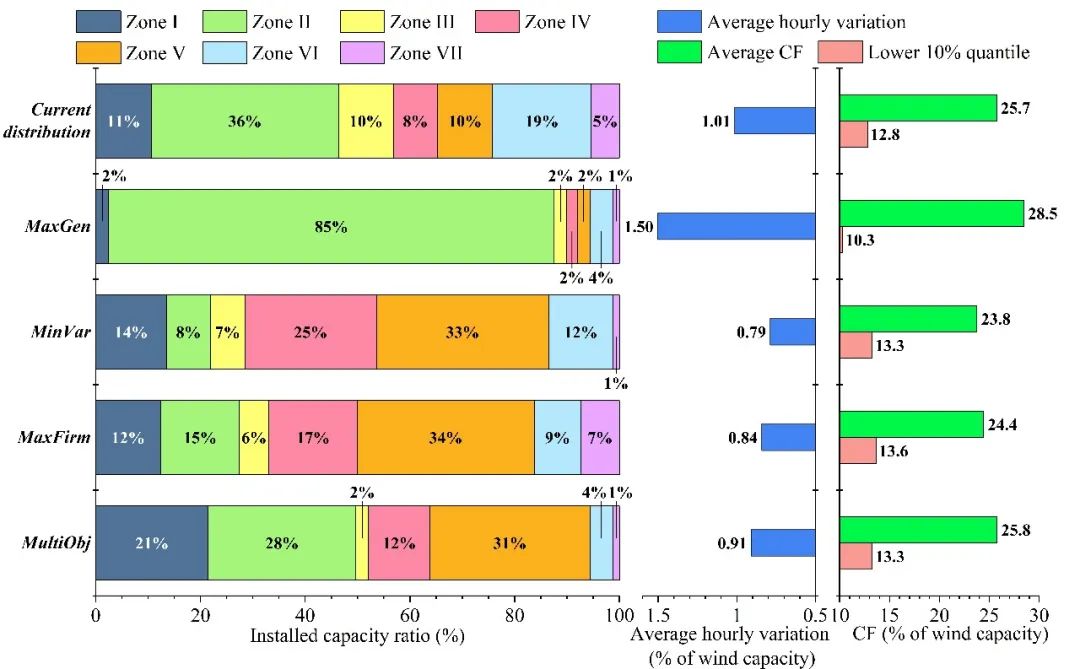SOE, Tsinghua, January 27th,2021 Recently, Lu Xi, from SOE, Tsinghua, and his research group published a paper titled “Optimal allocation of onshore wind power in China based on cluster analysis” on Applied Energy, a leading international journal in the field of energy. The study is the first to apply cluster analysis to identify the variability characteristics of wind power in the Chinese mainland. It also discusses the planning and development strategies of wind power from a novel perspective of the spatial and temporal variability characteristics of resources, which has implications for the sustainable development and utilization of renewable energy sources such as wind power under the goal of carbon neutrality.
Wind power has become a key strategy for China to reduce CO2 emissions and achieve carbon neutrality by 2060. In the past 15 years, China's installed wind power capacity has increased rapidly, but the inherent randomness and volatility of wind power and the unbalanced distribution of supply and demand have caused severe wind curtailment, affecting the potential for sustainable development of wind power and its environmental and climate change effects. This study applies GEOS-5 four-dimensional assimilated meteorological field data and K-mean clustering algorithm to differentiate seven wind zones in the Chinese mainland based on wind power output variations (Figure 1a), and analyzes the power variability characteristics within each zone. The study further explores the role of a joint inter-regional wind power grid in improving power supply quality. The study constructs a multi-objective optimization model that integrates wind power capacity, short-term volatility, and wind power reliable capacity, thus determines the optimal configuration of installed wind power capacity in each wind zone in 2030.

Figure1 (a) Distribution of China's onshore wind energy resources and division of wind zones based on wind power volatility; (b) Wind zone’s monthly average wind power capacity factor curve; (c) Wind zone’s variations of wind power output correlation coefficient with spatial distance; (d) Wind zone’s intra-day wind power capacity factor variations
The study results show significant variations in the seasonal and intra-day capacity factors of wind power in each wind zone due to the dominant weather system and geographical conditions (Figure 1b and Figure 1d). This finding provides a theoretical basis for reducing variability and improving the reliability of a joint inter-regional wind power grid. The study further demonstrates that to obtain 800 GW of onshore wind power installed nationwide by 2030, the multi-objective optimization scenario (MultiObj) results in a 0.2% increase in wind power capacity, a 10.3% decrease in average hourly power variation, and a 3.7% increase in reliable capacity compared to the baseline scenario that maintains the current distribution ratio of installed wind power (Figure 2). Through further analysis of each zone’s wind power penetration, the study points out the significance of coordinating cross-regional UHV transmission lines with wind power development in the future. The study results provide a foundational reference for the green and low-carbon transition of China's power system and wind power development path planning under the goal of carbon peaking by 2030 and carbon neutrality by 2060.

Figure 2 Installed wind power ratio and wind power supply indicators under each optimization scenario
Associate Professor Lu Xi of School of Environment, Tsinghua University is the corresponding author of the paper. PhD student Zhang Chongyu of SOE is the first author of the paper. Professor Aoife Foley of Queen's University Belfast, UK is the co-corresponding author of the paper. This study was supported by the National Key Research and Development Program, National Natural Science Foundation of China, Tsinghua University-INDITEX Sustainable Development Fund, and Beijing Laboratory of Environmental Frontier Technology.
The link to the paper:https://doi.org/10.1016/j.apenergy.2021.116482





